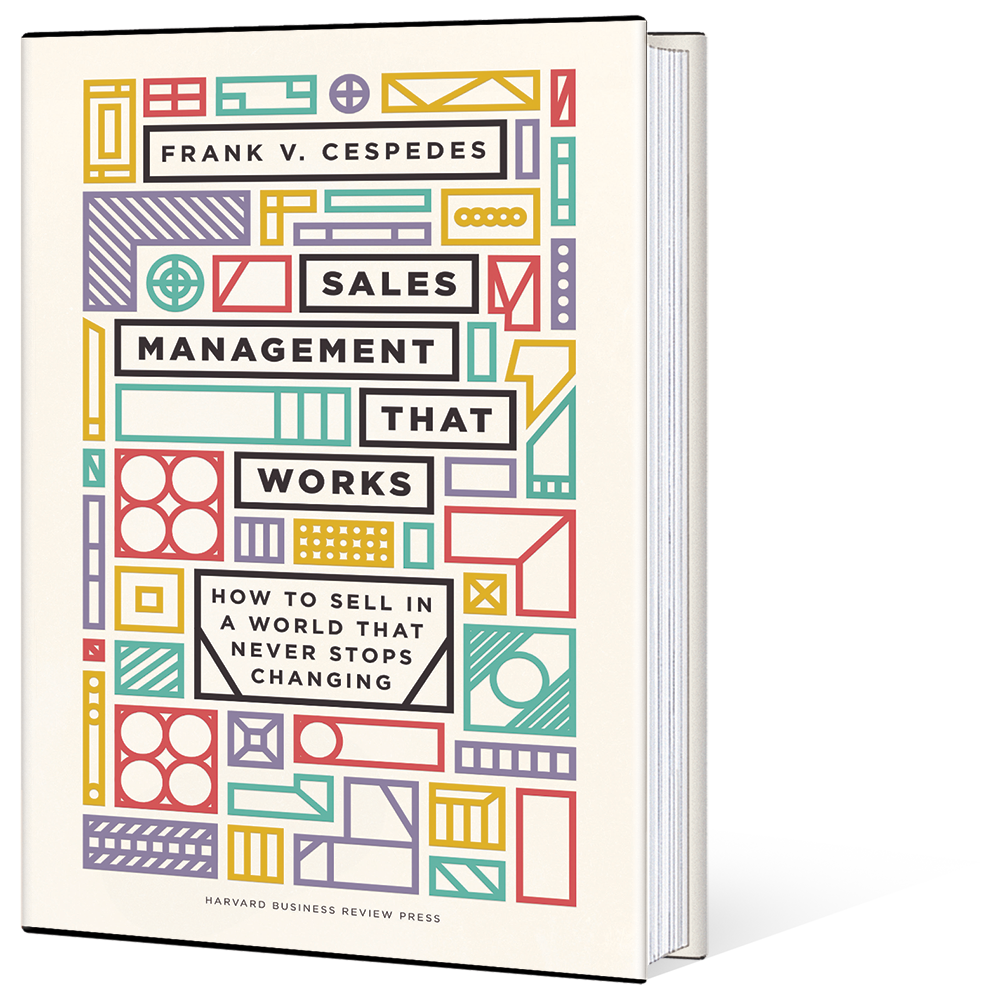This article first appeared in Top Sales Magazine.
Few customers want to pay more but most seek value, and it’s sales’ responsibility to frame the value proposition, including price. Here are three processes required to do that.
Understanding Value and Costs. Effective pricing requires knowing customer value and your cost to serve customers. In most firms, a holistic understanding of customer value is held by a combination of people in product, sales, and service, while costs are managed in procurement, operations, and finance. How often do those people come together to discuss value, costs, and pricing in a rigorous way? Make that dialogue part of the culture.
One company upgraded its “win-loss analysis” to a cross-functional after-action review. The result was more precision about target customers, staffing of sales calls, and the causes of wins and losses. As an executive noted, “High price is what customers tell you when the truth is that they won’t buy from you for other reasons.” Or consider post-sale Customer Success (CS) groups in SaaS businesses. CS manages the outcome of sales efforts, is key to customer retention, and knows more about cost-to-serve than sales or product groups.
Conversely, when different customers derive different value from the same product (as in many product categories), then one price means that some customers are, in effect, subsidizing others. Sooner or later, competitors, a supply-chain consultant, or a good CFO will tell them.
Choosing the Unit of Value. Tie price to a unit or metric that makes value visible in the relevant business-model context. For a century, movie releases followed a “windowing” model. Initial release at the highest price in selected theatres attracted those who valued that movie most highly, then release at other theatres at lower prices, and then renting (now streaming) the movie for viewing at home. Studios extracted value from each group without cannibalizing sales to the others, and this remained standard industry practice before the pandemic. The major exception was Netflix which, even before the crisis, released its movies in theatres even as it made them available on its platform. Why? Netflix is not selling individual movies to multiple customers; it sells bundles of movies to individual customers. If you can predict the average value a subscriber is willing to pay for the bundle, you can set a price just below that threshold and extract maximum value from customers.
As platform models become more common, identifying the unit of value becomes essential for profitable selling. Inbound marketing firm HubSpot initially charged a flat per-month subscription fee, but then tied its pricing tiers to number of contacts in a customer’s database. As a customer grew its database, the value of HubSpot’s platform at that company increased and its ability to share in that success via performance pricing.
For other businesses, the unit differs. Fintech firms typically charge a fee for each transaction: usage tends to be episodic and not, as with HubSpot’s platform, part of a marketing or sales cadence at customers. In mobility business models, Zipcar, Maven, and others use hourly and daily rental rates from supplier-determined locations. But Turo and other car-sharing platforms price based on distance, auto brand and other variables that are often part of a bundle with ancillary services.
The relevant value unit also affects how you sell and to whom. Sales cycles often shorten if you move from upfront payment to outcome-based performance. But the buyer, value documentation, and sales conversations also change. For example, software licenses are typically purchased as part of capital budgets, while SaaS payments are usually funded from operating budgets and sales must learn to justify
value with operating as well as purchasing people at that customer.
Link Sales Incentives to Your Pricing Approach. Pricing to reflect value, while paying the sales force on volume, rarely works. When pay is linked to volume, independent of margin or cost to serve, salespeople will sell to any customer willing to pay a certain price (often discounted to make the volume quota). Consider Fortis (disguised name), which sells a bundled solution of equipment and consumables with pre-sale and post-sale technical service. Over time, customers began to un-bundle that package, but its sales force was compensated on sales volume. Fortis charted the net price paid by each account (after discounts) versus the cost to serve that account. The result was a revealing 2×2 matrix, with customers randomly distributed across all four quadrants.
Chart these variables by account — price paid and cost-to-serve — in your company. If the result is like Fortis, notice the implications. Customers who are low price and high cost are a negative drain on capital, and selling to them is not sustainable. Conversely, customers who are high price and low cost are profitable, but also vulnerable to competitors who do manage these variables. What can firms do in this situation? Change incentives to align with pricing realities and consider options like shifting support to lower-cost online channels, different ordering or delivery options, or offloading some activities to resellers who perform those tasks more efficiently.
The increased sophistication of supply-chain and purchasing departments also increases the requirements for linking value and price in sales conversations. Start by improving these three processes at your firm. ■

